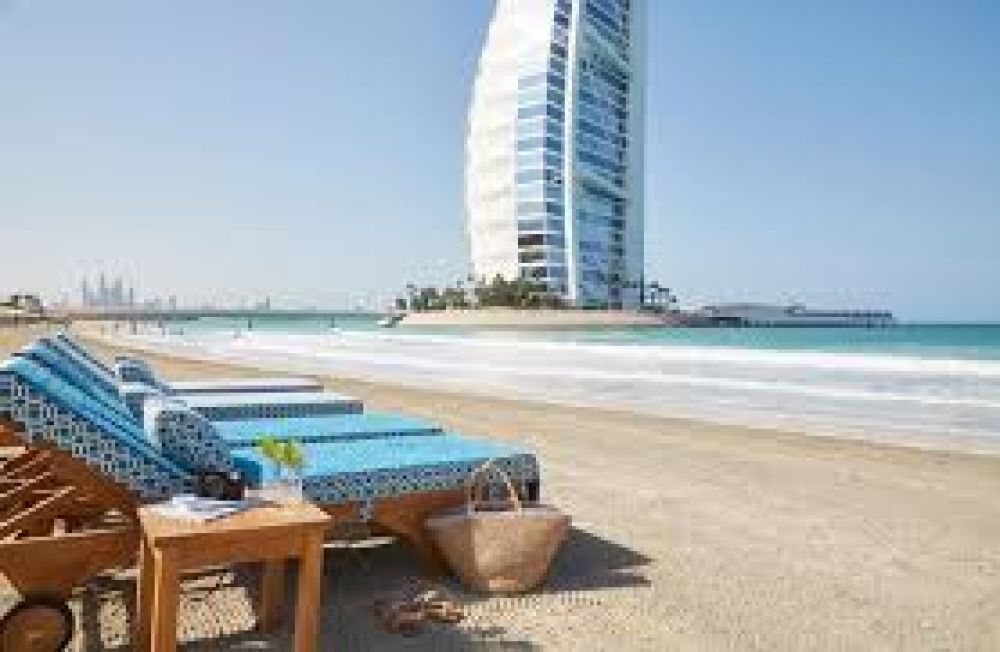

The Jumeirah Beach area, positioned along the coast of the Persian Gulf, has long been a gem of Dubai. Historically, Jumeirah was a fishing and pearling area occupied by members of the Bani Yas tribe. However, with the discovery of oil in the United Arab Emirates in the 1960s, the face of Jumeirah Beach began to change dramatically.
The 1980s and 1990s marked the beginnings of a significant transformation. The area evolved from a small community into a luxurious tourist destination, as Dubai began to harness its wealth to diversify its economy. With appealing year-round sunshine, stunning beachside views, and warm waters, Jumeirah Beach became a focal point for this transformation.
The development of iconic luxury hotels such as Burj Al Arab, which opened its doors in 1999, significantly propelled Jumeirah Beach's status on the world tourism stage. Known for its distinctive sail-shaped silhouette, the Burj Al Arab is one of the most photographed structures in the world and often considered a symbol of modern Dubai. This introduced an entirely new level of opulence and attracted tourists from around the globe.
Infrastructure enhancements and the creation of comprehensive tourist attractions rapidly followed. The Jumeirah Beach Residence (JBR) and the adjoining Dubai Marina are prime examples. Offering an array of accommodations, restaurants, and entertainment options, JBR became a lively hub for tourists and expatriates. With the addition of the beachfront promenade known as The Walk and the shopping area The Beach, Jumeirah Beach has embedded itself firmly into the tapestry of Dubai's tourist hotspots.
Not just content with luxury, Dubai sought to appeal to families and adventure seekers too. The opening of Wild Wadi Waterpark in 1999 provided a fun-filled destination with its water rides and attractions, and the park has become a must-visit for families.
The early 21st century saw continued growth with developments such as the world-famous artificial archipelago, Palm Jumeirah, which has added to the allure of the Jumeirah Beach skyline and offered more luxurious accommodations, marinas, and beaches.
Dubai has positioned itself as a luxury, family, and adventure holiday destination largely due to developments in the Jumeirah Beach area. Notable events on its annual calendar include shopping festivals, tennis championships, and the Dubai International Film Festival, which continue to draw international audiences.
Today, Jumeirah Beach remains at the forefront of Dubai's tourism industry. Its popularity is bolstered by innovative offerings such as Bluewaters Island and the upcoming Dubai Harbour project, which is set to be the largest marina in the region. Such developments ensure that Jumeirah Beach not only maintains its reputation but also continues to enhance it, promising new and exciting experiences for visitors in the future.
Eco-consciousness is a growing trend in global tourism and Dubai has taken steps towards sustainability as well. Initiatives to protect the coastal and marine environment are becoming fused with tourism development plans, aiming to preserve the natural beauty that first drew visitors to the shores of Jumeirah Beach.
In summary, Jumeirah Beach's history is a testimony to Dubai's vision and ability to create an alluring global tourism destination from scratch. Its future looks as bright and innovative as the city's dazzling skyline.